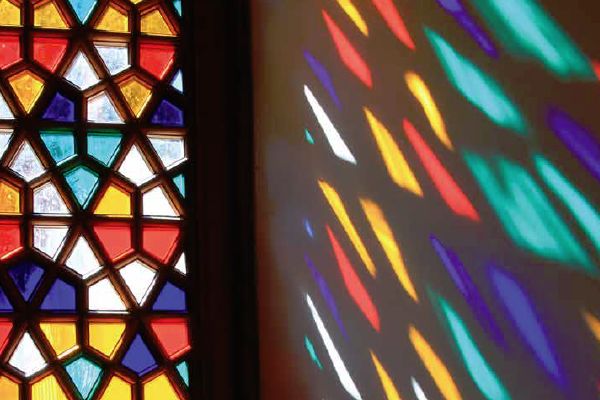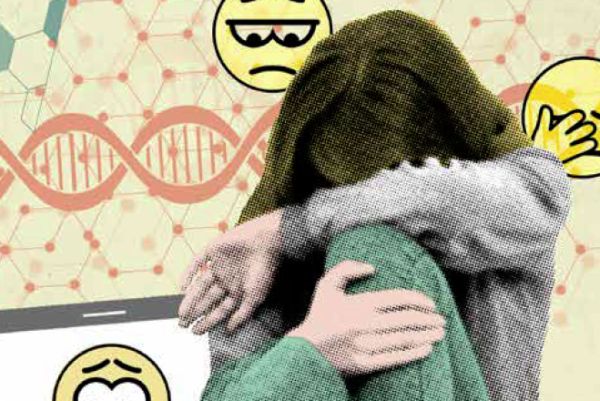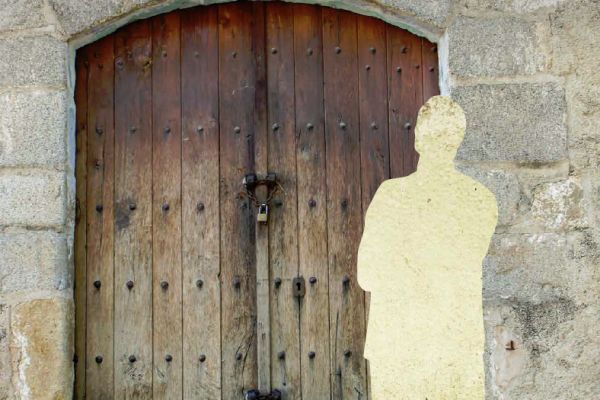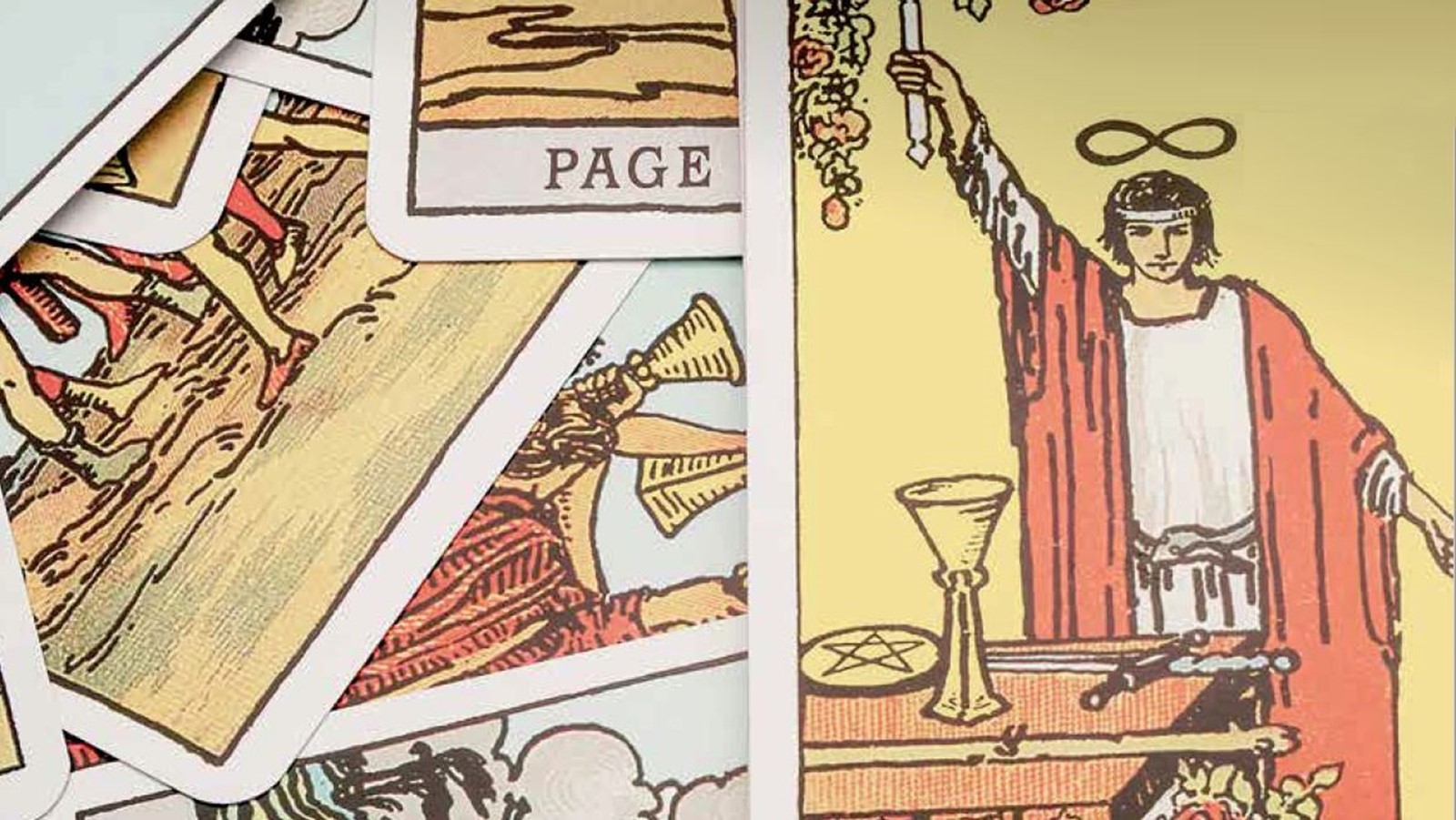When working with dreams (and I believe that all therapists should work with dreams) it often makes sense to look at their archetypal content. For example, some years ago I remember that a young man had a striking dream about a very beautiful woman. He got closer and closer to her, and ultimately had sex with her, which was incredibly exciting and satisfying. But then he got panicky and worried that he had HIV-AIDS, and had to seek treatment, and ran away. On going further into this, it seemed that he had rejected his anima. Now the anima is one of the most important archetypes, and for men it is very valuable to get to know her and get on good terms with her, and accept what she has to offer.
In 1919, Jung introduced the term archetype. But it was not until 1972 that his work became easily available to most of us.1 He particularly emphasised the Mother, Rebirth, Spirit and Trickster.
The archetype is seen as a ‘potential to have images, drives, fantasies and emotions that possess four principal characteristics:
- universality across space and time, across different cultures and epochs
- bipolarity; that is, they each carry both positive and negative complementary qualities
- powerful affects, such as fascination or feeling possessed, or experiencing something awesome – spiritual , divine, numinous, and beyond conscious, rational comprehension;
- an all-or-nothing quality; thus whatever is archetypal is experienced as stark, powerful and absolutely good or absolutely bad, as bigger than big or smaller than small, as always or never’.2
The archetypal pattern is inherited in a ‘biological’ way, but the content is variable, subject to environmental and historical changes. But before we settle for this, let us look at another view, that of James Hillman: ‘Let us then imagine archetypes as the deepest patterns of psychic functioning, the roots of the soul governing the perspectives we have of ourselves and the world. They are the axiomatic, self-evident images to which psychic life and our theories about it ever return.’3 Elsewhere, Hillman talks about a polytheistic psychology. We do not look for biological explanations, which perhaps could be seen as a reductionist way of going on, but rather trust to the mythopoetic mind itself as its own explanation. June Singer, a Jungian psychoanalyst, speaks of ‘the archetypal matrix in which we are all embedded’, and this is perhaps more like it — archetypes are not things which we have, but more like a sort of home in which we partake.4
But it is not only gods and goddesses who can be perceived and treated in this way: archetypes have been taken up as important tools in the mythopoetic men’s movement and in therapy. For example, Robert Moore and Douglas Gillette have written about the importance of archetypes for understanding men, suggesting that the four archetypes of King, Warrior, Magician and Lover are necessary for men to realise and own.5 Carol Pearson has given us a great deal of information and help in tackling 12 archetypes: the Innocent, the Orphan, the Seeker, the Lover, the Warrior, the Caregiver, the Destroyer, the Creator, the Magician, the Ruler, the Sage and the Fool. 6 And more recently Caroline Myss7 has suggested that we all need to take account of the Child, the Victim, the Prostitute and the Saboteur: she has gone on to make a case for encountering the Advocate, the Artist, the Athlete, the Caregiver, the Fashionista, the Intellectual, the Queen, the Rebel, the Spiritual Seeker and the Visionary. Her book also mentions 22 other archetypes.8 Myss has also produced a pack of cards covering about 80 archetypes which may be important in therapy.9
I have to say that, to my mind, James Hillman is the best guide in this area. He really knows how to deal with and talk about archetypes, and has a whole book devoted to the anima.10
Case history
Some years ago, a young man was in therapy with me and reported some very strange behaviour. He was apparently undermining himself in a variety of ways, encountering problems with his training course, with his work, with his parents and with his girlfriend, all of which seemed to be self-inflicted. It suddenly occurred to me that perhaps this was the work of an archetype, perhaps the Trickster, perhaps Loki, perhaps the Devil (in the Tarot pack). He agreed to explore this possibility using the empty chair technique, and we set up an extended session to explore this question. The result was an extraordinary explosion of emotion, which seemed to me to go well beyond the everyday limits of feeling, and to indeed represent something archetypal. As we went deeper and deeper into the material, I got the impression that sparks were flying off, so to speak, and that some real transformation was taking place. In the integration which followed, it seemed as though some bird had flown, and left behind a sense of peace and tranquillity, which was quite different from anything that had gone before. The result was a complete change in the therapy, moving into an area which was much easier to handle than the extremes we had met before. There was now a deeper humanity which was both easier to work with, and undeniably more productive in the therapeutic effort.
John Rowan has been writing in the field of the transpersonal for many years: his latest book is Personification, which relates the transpersonal to the field of the Dialogical Self. He is a Fellow of BACP.
More from Thresholds

The heart of silence
Free article: Alastair McNeilage explores a possible new evolutionary step in counselling and therapy. Thresholds, Winter 2015

Depression: a journey of understanding
Free article: Sarah Parry undertakes a project to deepen her understanding of an increasingly common problem. Thresholds, Autumn 2015

No longer at base camp: a personal view of spirituality
Free article: Peter Bowes reflects on his own psychology of spirituality. Thresholds, Summer 2015
References
1. Jung CG. Four archetypes: mother, rebirth, spirit, trickster. London: Routledge & Kegan Paul; 1972.
2. Gordon R. Archetypes on the couch. In: Schwartz-Salant N, Stein M (eds). Archetypal processes in psychotherapy. Wilmette: Chiron; 1987 (pp93–114).
3. Hillman J. The essential James Hillman: a blue fire (introduced and edited by Thomas Moore, in collaboration with the author). London: Routledge; 1989.
4. Singer J. Seeing through the visible world. London: Unwin Hyman; 1990.
5. Moore R, Gillette D. King warrior magician lover. San Francisco: Harper; 1990.
6. Pearson C. Awakening the heroes within. College Park: Meristem Publishing; 1991.
7. Myss C. Sacred contracts: awakening your divine potential. New York: Bantam; 2001.
8. Myss C. Archetypes: a beginner’s guide to your inner-net. Carlsbad, CA: Hay House; 2013.
9. Myss C. Archetype cards guidebook. Carlsbad, CA: Hay House; 2003.
10. Hillman J. Anima: an anatomy of a personified notion. Dallas: Spring Publications; 1985.
